In the realm of spine-related discomfort, a slipped disc is a term often heard, but not always fully understood. This common spinal issue can bring about excruciating pain and hinder one’s daily life. In this comprehensive article, we’ll delve into the intricacies of a slipped disc, exploring its causes, symptoms, treatment options, and crucial prevention strategies.
Unraveling the Basics of a Slipped Disc
Decoding Slipped Discs
At the heart of many back-related woes lies the enigma of a slipped disc, medically known as a herniated disc or disc protrusion. This occurs when the rubbery disc between the spinal vertebrae bulges or ruptures. Imagine it like a jelly-filled donut losing its shape, and the gel-like substance inside poking out. This can result in the disc pressing against nerves, leading to pain, discomfort, and sometimes even nerve-related issues.
The Anatomy of a Spinal Disc
To grasp what a slipped disc entails, it’s essential to grasp the anatomy of a spinal disc. These discs are your spine’s shock absorbers. Nestled between the vertebrae, they provide flexibility while acting as a buffer to prevent bones from grinding against each other.
The structure of a spinal disc consists of two main parts:
- Annulus Fibrosus: This robust outer layer is akin to a tire’s tread, made of sturdy fibers that lend the disc its strength and structure.
- Nucleus Pulposus: This gel-like inner core is the disc’s cushion, absorbing shocks and allowing the spine to move fluidly.
What Causes a Disc to Slip?
The story of a slipped disc usually begins with a medley of factors:
Age and Wear
As time marches on, spinal discs endure the effects of wear and tear. They lose water content, which makes them less supple and more susceptible to injury. This natural aging process can lead to tiny cracks forming in the outer layer of the disc.
Injury and Strain
A heavy lifting mishap or a sudden, forceful movement can trigger a slipped disc. Imagine trying to lift a weighty object with your back instead of your legs—your disc might feel the strain more than you do.
Genetics
Inheriting a predisposition to disc problems is a possibility. Genetic makeup can influence the strength and resilience of your discs, potentially making them more prone to herniation.
Recognizing Symptoms and Seeking Relief
Pinpointing the Signs
A slipped disc can be a sly troublemaker, with its symptoms varying based on its location:
Lumbar Herniation
Picture persistent lower back pain, tingling that travels down your legs, and a sense of weakness in your leg muscles. These are hallmark signs of a slipped disc in the lumbar (lower back) region. The pain might take an exploratory journey down your leg, following the path of the affected nerve.
Cervical Herniation
If your neck feels like a constant ache, and you notice shoulder pain that radiates, and your arms experience odd sensations of numbness or weakness, a slipped disc in the cervical (neck) area could be at play. Sometimes, these discomforts make their way down to your hands and fingers.
When to Consult a Professional
In the battle against a slipped disc, timing is of the essence. If that discomfort lingers, or if numbness and weakness persist, it’s a red flag. Ignoring these signs might turn a minor skirmish into a full-fledged war. Reach out to a medical professional—a spine specialist or orthopedic expert—to diagnose your situation. Expect a physical examination, imaging tests like MRI or CT scans, and a thorough discussion of your medical history.
Navigating Treatment Options
Non-Surgical Approaches
More often than not, a slipped disc doesn’t demand a surgical showdown:
Rest and Physical Therapy
Sometimes, all your spine needs is a breather. Combine rest with physical therapy to bid adieu to those aches. Skilled therapists will guide you through exercises that bolster the muscles supporting your spine, improve your flexibility, and relieve pressure on that nagging nerve.
Medications
In the quest for comfort, medications step in. Pain relievers, muscle relaxants, and anti-inflammatories join forces to subdue the discomfort. They’re like the cavalry rushing in to restore calm to your beleaguered battlefield.
Surgical Interventions
In rare cases, surgery becomes the hero:
Discectomy
This surgical script involves excising the troublesome part of the disc that’s causing nerve irritation. Modern medicine often accomplishes this feat through minimally invasive procedures, which means smaller incisions and faster recovery times.
Laminectomy
For more complex cases, a laminectomy might be the star of the show. In this script, a portion of the vertebral arch is artfully removed to give the nerve more room to breathe, reducing the pressure and allowing the disc to regain its composure.
Preventing Future Disc Discomfort
Prioritizing Spinal Health
An ounce of prevention is worth a pound of cure:
Proper Lifting Techniques
When the lifting season arrives, bend those knees, not your waist. Engage your core, and let your legs do the heavy lifting. Your spine will thank you for this ergonomic maneuver.
Exercise Regularly
Your spine craves some loving attention. Strengthening your core muscles is like giving it a warm hug. Target those abdominal, back, and pelvic muscles—this embrace fortifies your spine’s stability.
Maintain a Healthy Weight
Excess pounds strain your spine, increasing the chances of a disc debacle. Maintain a healthy weight through balanced eating and consistent exercise. Your spine will be forever grateful.
Conclusion: Empowering Spinal Health
In the grand tapestry of your body, the spine claims a starring role. The journey through the intricacies of a slipped disc equips you with knowledge and empowerment. You’re armed to prevent, recognize, and tackle this foe head-on. By nurturing your spinal health, you’re crafting a future unburdened by discomfort. This lets you embrace life’s movements and revel in its vibrant symphony.
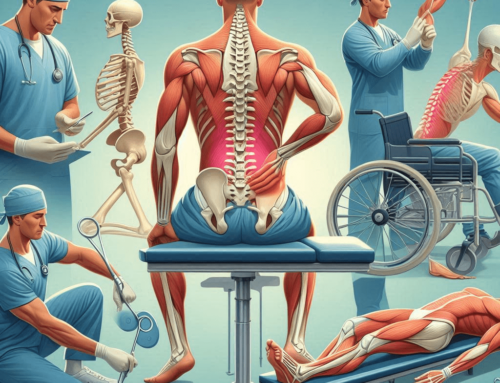
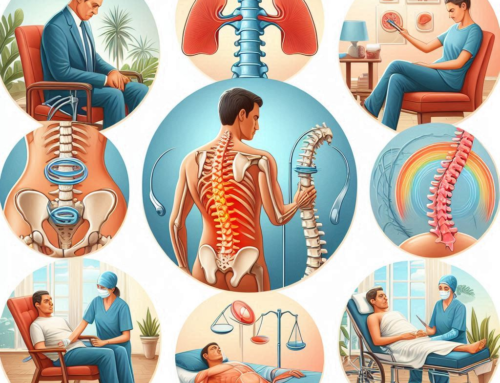
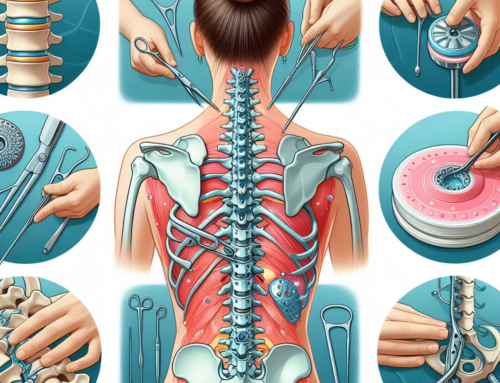
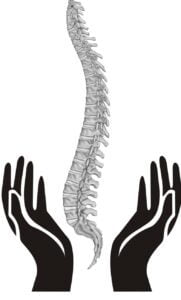



Get Social